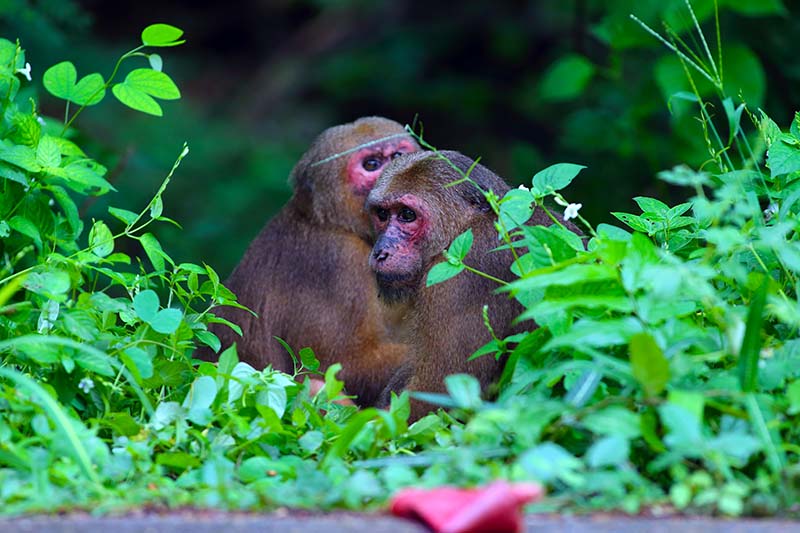As this downside-up, outside-in year draws to a close, we would like to extend our heartfelt gratitude to our dear readers, who made time to make room for nature at Weekly Wondrous. Whether you’re far or whether you’re near, we want you to know we’re so glad that you’re here!
The WW Year in Review
Bionic corals,
one trillion new trees,
shiny, cloud parasols,
resilient, smart bees
Precious koalas,
zen jellyfish,
Earth Day at 50,
and our planet’s last wish
The flower power of pigment,
New Guinea’s last singing dog,
a weirdly wonderful bird
with a mouth like a frog
Boogying monkeys,
bickering bats,
and the laser-sharp focus
of the eyes of big cats
Imported beavers,
cool hummingbirds,
a poet named Walser
who had the best words
Two baby whales’
happy, hopeful debut,
shy, stripey okapis
hidden from view
A mini-marsupial’s
Indigenous name,
the Tree of the Year’s
leafy, green fame
Hard-working scientists
in need of big hugs,
tool-using tamarins
skilled at harvesting bugs
Bringing back nature
to make cities sweet,
cooling the planet
with hoofed reindeer feet
Matching red pandas,
an owl all alone,
copycat dolphins,
and a tree-planting drone
A green, flightless parrot
that won the top prize,
a whale of a shark
with teeth on its eyes
Protecting the pollinators
to help flowers bloom,
saving the elephants
by carving out room
An urban sky garden,
robotic bees,
how nature heals sadness,
making music with trees
Keeping tabs on sea turtles,
the floral language of love,
miniature sky labs
tending whales from above
An egg-laying mammal
with an eerie blue glow,
and a fat city cat,
stalking mice in the snow
And that’s that!
From our Favorite World to yours, best wishes for an all-around kinder, gentler, seriously more splendid 2021!
LSF • WW • FWP





































































